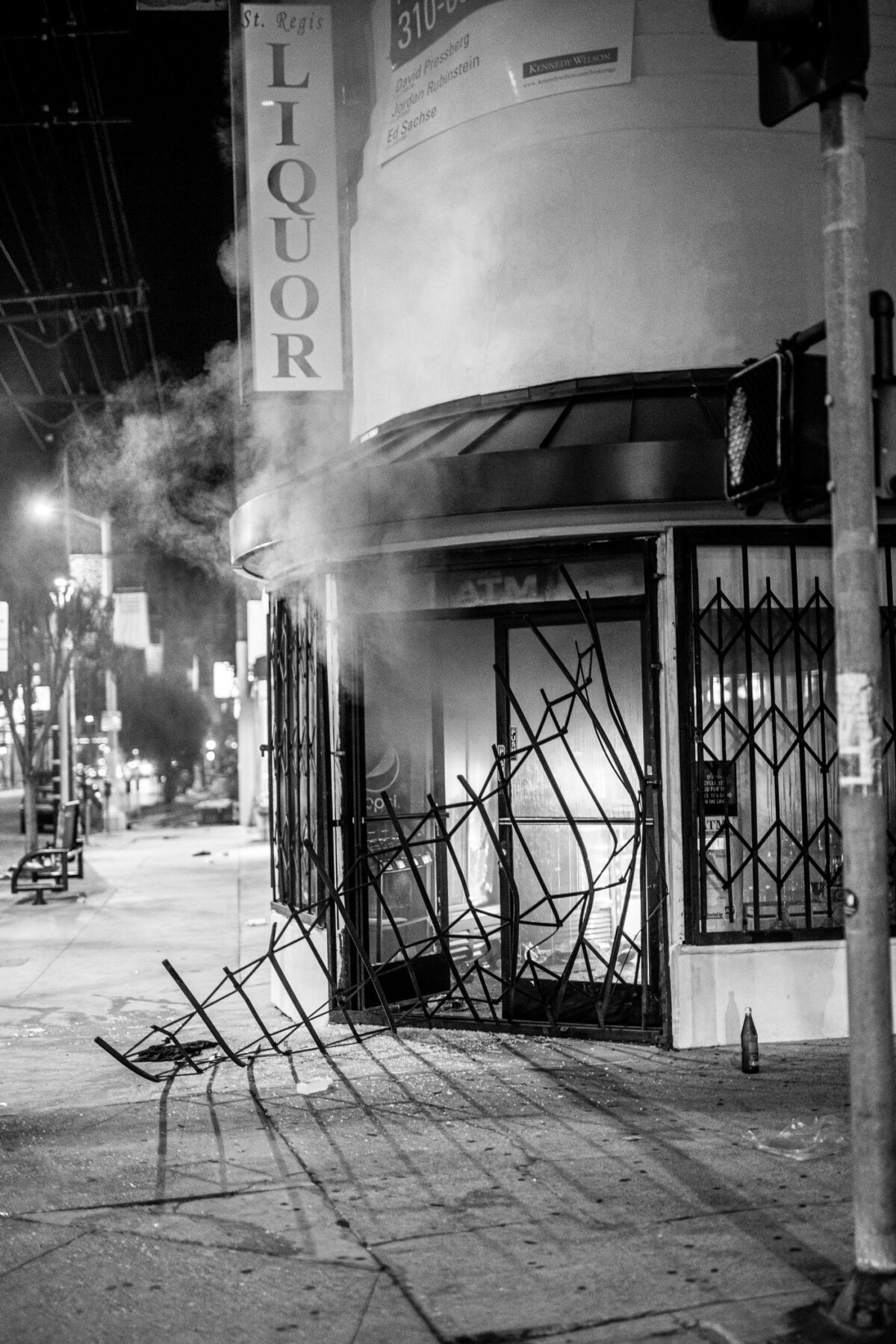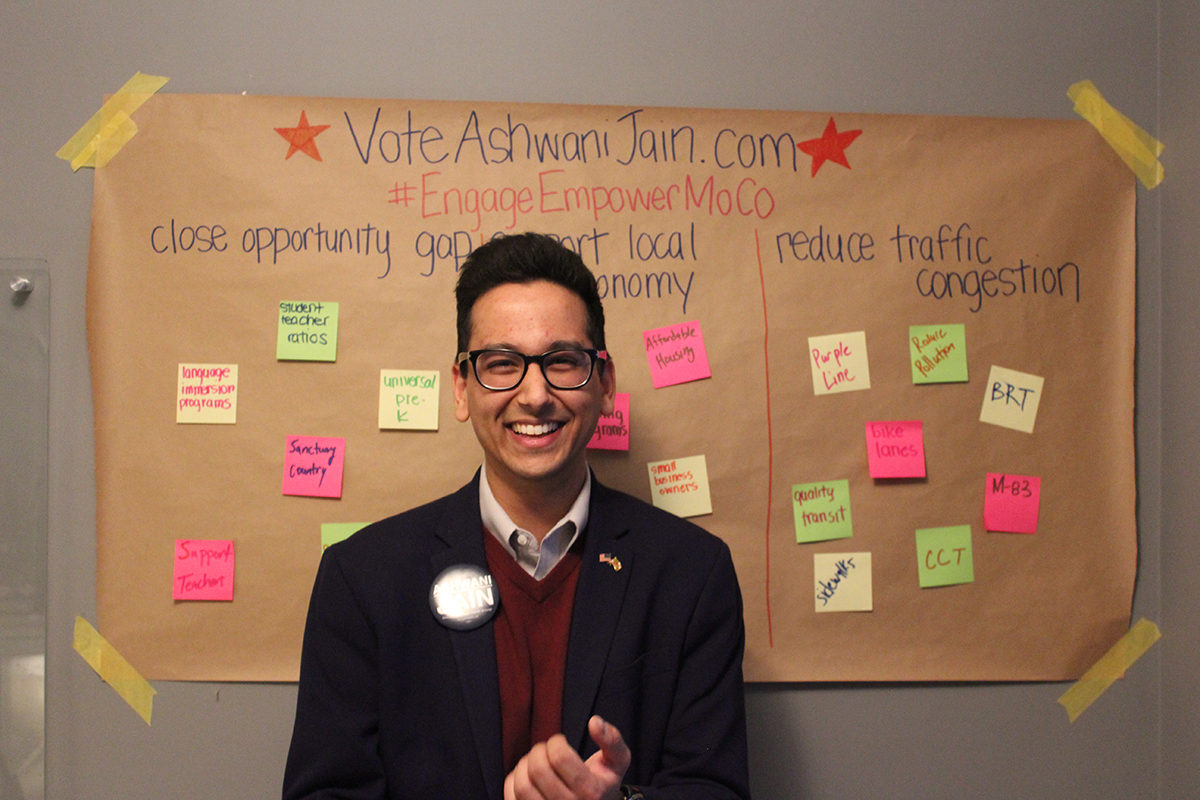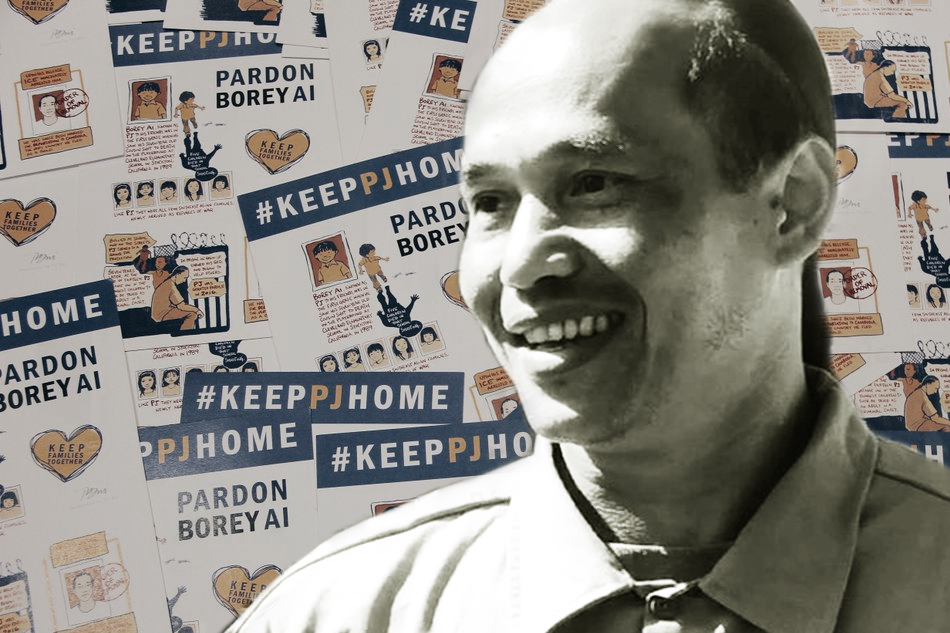By Guest Contributor: Kim Tran
This post is cross-posted from Medium, where it originally appeared.
My mom is livid. We’ve been talking for twenty minutes. Helicopters circle overhead, preparing to needlessly surveil a group of high school students in broad daylight as they march to protest the state sanctioned murder of Black people. I’m tired. Sirens kept me up last night. Around midnight, my partner and I heard at least ten consecutive minutes of police speeding to a location a few blocks away. They’ll say it was to keep the peace; we’ll know it was to brutalize agents of necessary change. Flash bangs have kept our dog on pins and needles for the past couple days. In other words, my mother is not catching me at my best.
I awoke this morning to cleanup efforts across the country. As neighborhoods begin to clear shards of broken glass, doorways and singed dumpsters off of our well-tread streets, my mom is demanding I explain how such destruction is justified. I sigh. I haven’t marched these last few days (a childhood respiratory illness has kept me homebound) but this a conversation I’ve had countless times with countless people since 2016.
In my experience, many non-Black Asian Americans chafe at the thought of “vandalism” or “looting.” People in my family often see it as delinquent and sometimes even violent. This coupled with anti-Blackness often sets the stage for frustration, anger and a call out. While I’ve written a lot both publicly and academically about how to challenge anti-Blackness in non-Black Asian American communities, I haven’t unpacked property destruction in relationship to Black Lives Matter protests. So here are some strategies I’ve used. This list isn’t exhaustive, it’s not even particularly nuanced, but as we all invite our families, friends and communities to join the struggle to ensure that all #BlackLivesMatter, I hope it can give you a couple tools.
1. Recognize their Fear
The first thing my mom did when she went to New Orleans was visit their Vietnamese neighborhood. For a lot of Asian Americans, our Little Manila’s are places we feel seen and heard. The signs and people speak in languages we understand and the proliferation of flip flops and fish sauce are deep comforts. So when we talk to our unties, aunties, and uncles, we have to recognize that they’re often coming from a space of fear for the only safe spaces that historically existed for them.
For example, a big reason the city of San Francisco has a Chinatown is because of virulent anti-Chinese attacks following the extractive building of the transcontinental railroad and the Gold Rush. Afraid that Chinese immigrants would steal their jobs and lower wages, white workers blamed and attacked Chinese people. These incidents of physical violence that included lynchings and arson took place across the country in Los Angeles, Seattle, Wyoming and Washington.
Many of us have a proud lineage of fighting against colonial oppressors. Our families know what that looks like. There are sacrifices big and small — required. Our intention isn’t to re-traumatize them with these memories, but to frame a few broken windows and smoldering trash cans with the proper context.
Apart from a safe haven, ethnic enclaves also provide a much-needed platform for employment and services. Whether it’s a service job for someone newly arrived or an international sim card, these spaces offer our communities important resources that are often unavailable to them because of white supremacy. We have to recognize that our communities are attached to and depend on them. So begin by acknowledging that reality. Don’t deflect when they talk about Koreatown or Little Saigon. Try to meet your community member in the space of fear and scarcity.
2. Trace the Pattern
My mom and I have been to a lot of permitted marches. She’s the kind of person who believes in pushing for reform through existing structures. That has worked for her in large part because she’s a refugee who has experienced the American government as a safety net. From union membership to welfare to city employment, in her eyes, the state has shown up for her (if you deliberately ignore the whole bombing of her country thing.)
Lately, I’ve been able to sway her by shining a big light on the contrast between what she’s experienced and what so many Black people go through. I narrate the story of her life which has been extremely challenging, but also supported by the government in a lot of ways. I talk about her ability to get a city job, have healthcare providers who listen to her, the simple ease she experiences going for a walk without fear. Then, I talk about the persistent workplace discrimination Black folks endure, the Black maternal mortality rate and risk (even for people like Serena Williams,) the Black children who died playing with toys. When I starkly contrast these realities it opens up space to talk about how experiences can be so radically and racially different.
3. Bring it Home.
I’ll be the first to admit that this tactic can cut both ways. There have definitely been times my mother has referred to me as a “communist sympathizer.” However, a lot of us come from places that have waged bloody revolutions for freedom. Many Asian national identities are built around having ousted the French, Americans and Spanish from our shores.
Yesterday, amidst my frustration, I told my mom, “Listen, you know why people fight for their freedom. You did it, too.” And she fell silent, which is how I know I’ve made her think about something. Even my mother, a virulent anti-communist, understands that marginalized people need to get free whether from a colonial power, the police state, or both. But for some of our elders, America represents freedom and it’s tough to shift out of that mindset until you remind them of being oppressed in their own country and exactly how desperate — and fierce — that makes us and our ancestors.
Each one of us, in our own way, needs to fight like hell. But we can’t win alone.
Many of us have a proud lineage of fighting against colonial oppressors. Our families know what that looks like. There are sacrifices big and small — required. Our intention isn’t to re-traumatize them with these memories, but to frame a few broken windows and smoldering trash cans with the proper context. So I bring up the overthrow of imperial power in Asia. I talk about what that required and how it really wasn’t pretty, but in the end it led toward freedom.
I’ve been thinking a lot about what Daryl Maeda says about the Asian American movement; that it was the most coalitionary of its time. I try to do my work with that history at my back. We need to protect Black life. We need to dismantle white supremacy and all of its attendants. Each one of us, in our own way, needs to fight like hell. But we can’t win alone. Our families, friends and neighbors need to come with us. If we’re going to establish a community watch, get entire neighborhoods to stop calling police, and completely de-fund a group of armed people who maim, shoot and kill at will, we are going to do it together. So talk to your parents, friends and neighbors about property destruction. Because ultimately it comes down to this: what are a few shattered storefronts in the face of justice?
Kim Tran is a facilitator, writer and organizer who works at the intersection of queerness and Asian American identity. Her research centers Asian Americans in solidarity with the #BlackLivesMatter movement. She holds a Ph.D in Ethnic Studies from UC Berkeley.
Learn more about Reappropriate’s guest writing program and submit your work here.



